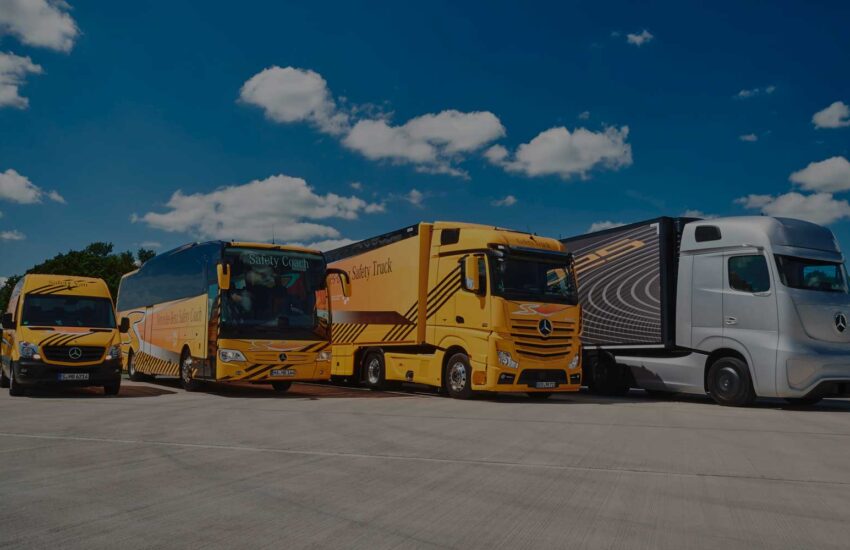Navigating the Road to an HR License: Everything You Need to Know
In the world of commercial driving, obtaining the appropriate license is paramount. For those aspiring to drive heavy vehicles, particularly in the transport and logistics industry, the HR (Heavy Rigid) license is a key requirement. This license opens doors to a range of career opportunities, from driving buses and trucks to operating heavy machinery. In this article, we’ll explore what an hr licence entails, the process of obtaining one, and its significance in the world of transportation.
Understanding the HR License:
The Heavy Rigid (HR) license is a class of driver’s license that authorizes individuals to drive heavy vehicles with three or more axles and a gross vehicle mass (GVM) exceeding 8,000 kilograms (17,637 pounds). These vehicles include rigid trucks, buses, and special-purpose vehicles designed for specific tasks such as transporting goods, passengers, or equipment.
Eligibility Requirements:
To qualify for an HR license, individuals must meet certain eligibility criteria, which may vary depending on the jurisdiction. However, common requirements typically include:
- Minimum Age: Applicants must usually be at least 18 years old, although some jurisdictions may require a higher minimum age.
- Hold a Valid License: Applicants must already hold a valid car (Class C) license or equivalent, demonstrating their proficiency in driving lighter vehicles.
- Pass a Medical Examination: Applicants may need to undergo a medical assessment to ensure they meet the physical and mental fitness requirements for operating heavy vehicles safely.
- Complete Training: Most jurisdictions require applicants to undergo formal training from a registered training organization (RTO) specializing in heavy vehicle driving instruction.
The Licensing Process:
The process of obtaining an HR license typically involves the following steps:
- Enroll in Training: Applicants must enrol in a recognized training course conducted by an accredited RTO. The course typically covers theoretical knowledge, practical driving skills, and vehicle operation techniques specific to heavy vehicles.
- Theory Test: Upon completion of training, applicants must pass a theory test assessing their knowledge of road rules, vehicle operation, safety procedures, and regulatory requirements.
- Practical Assessment: Following successful completion of the theory test, applicants undergo a practical driving assessment conducted by a qualified assessor. During the assessment, applicants demonstrate their ability to operate a heavy vehicle safely and proficiently in various road and traffic conditions.
- Obtain Provisional License: Upon passing both the theory and practical assessments, applicants are granted a provisional HR license, allowing them to drive heavy vehicles under certain conditions, such as supervision by a fully licensed driver or restrictions on vehicle types or payloads.
- Gain Experience: Provisional license holders must accumulate a specified period of driving experience under supervision before becoming eligible to apply for a full, unrestricted HR license.
- Obtain Full License: After fulfilling the experience requirements and any other conditions imposed by the licensing authority, applicants can apply for a full HR license, granting them unrestricted privileges to drive heavy vehicles.
Significance of an HR License:
The HR license is more than just a legal requirement it’s a gateway to a rewarding career in the transport and logistics industry. Holding an HR license opens up a wide range of employment opportunities, including roles as truck drivers, bus drivers, delivery drivers, and heavy equipment operators. Additionally, it demonstrates a driver’s competency and commitment to safety, which are highly valued by employers seeking skilled professionals to operate their heavy vehicle fleets.
Conclusion:
Obtaining an HR license is a significant milestone for individuals aspiring to pursue careers in commercial driving and transportation. Through formal training, rigorous testing, and practical experience, aspiring drivers acquire the skills, knowledge, and credentials necessary to operate heavy vehicles safely and responsibly on the road. As the backbone of the transport industry, holders of HR licenses play a vital role in keeping goods and people moving efficiently across cities, states, and countries, making them indispensable contributors to the global economy.



